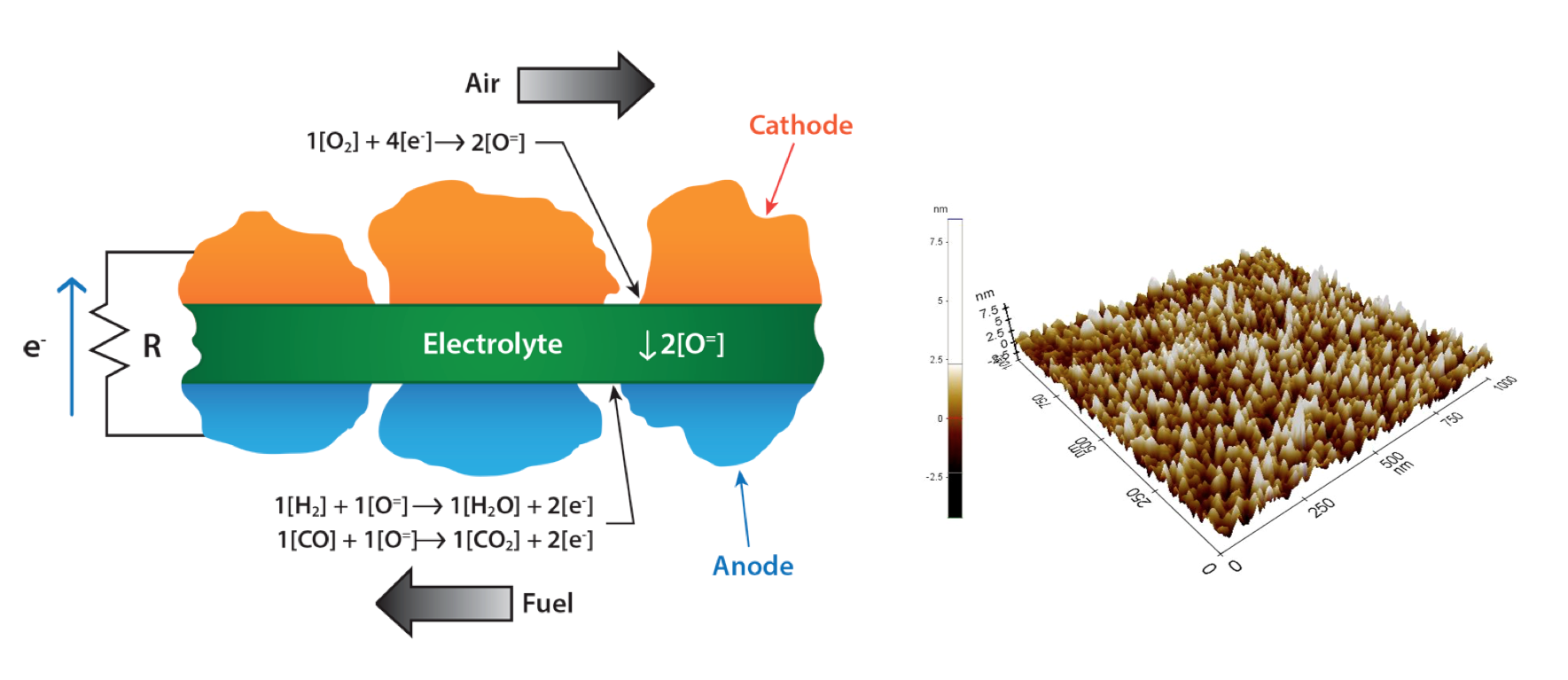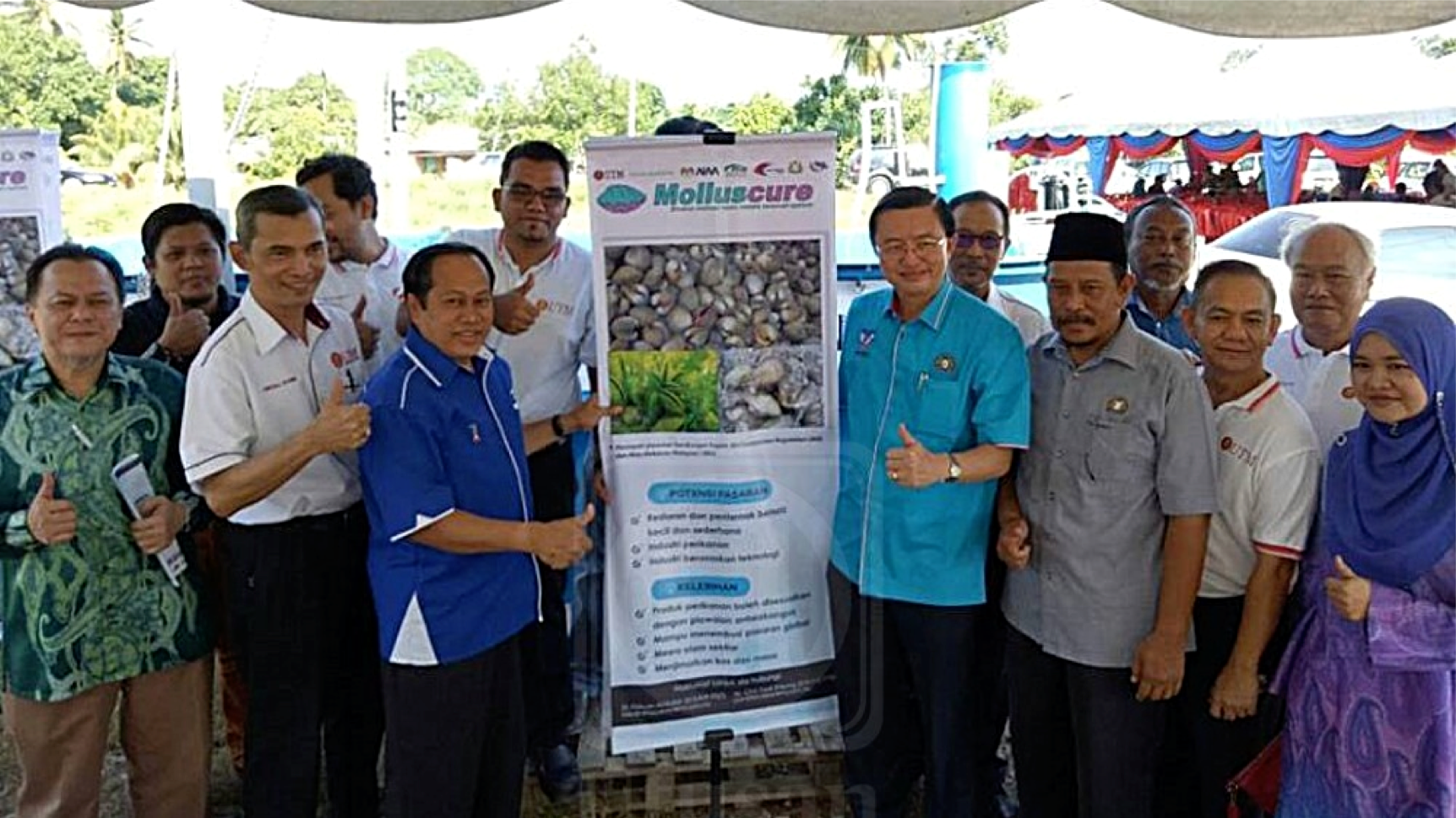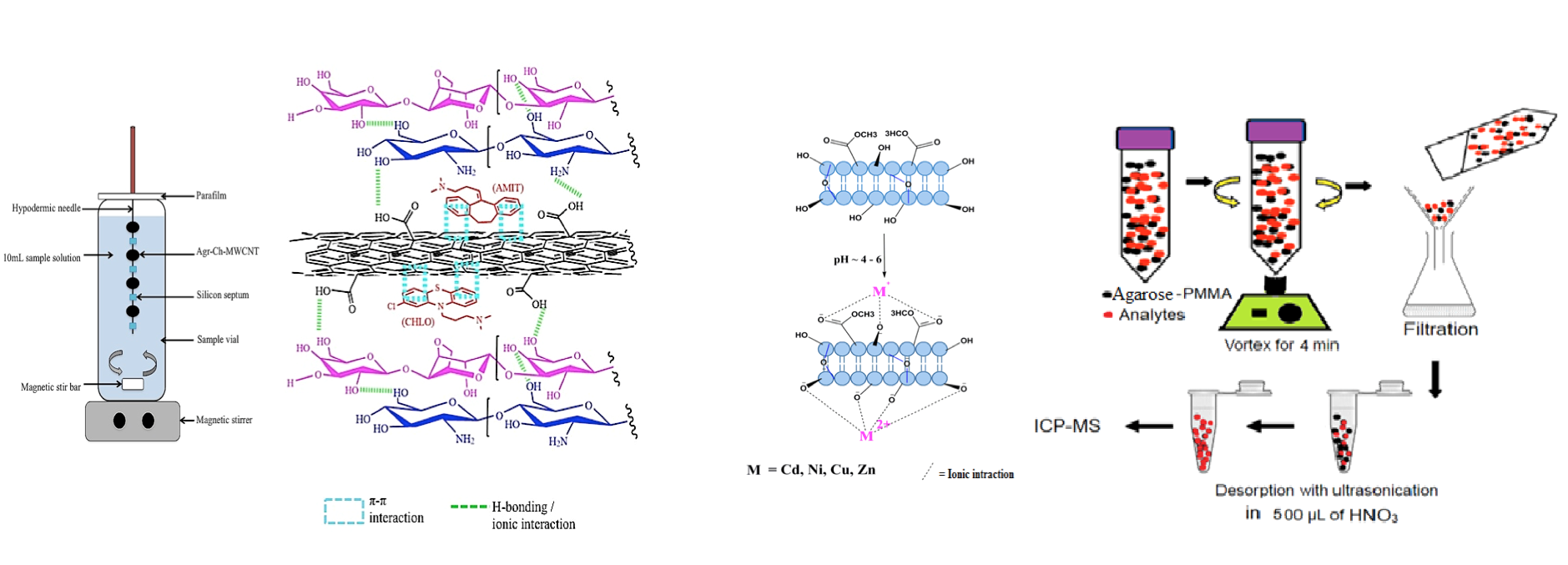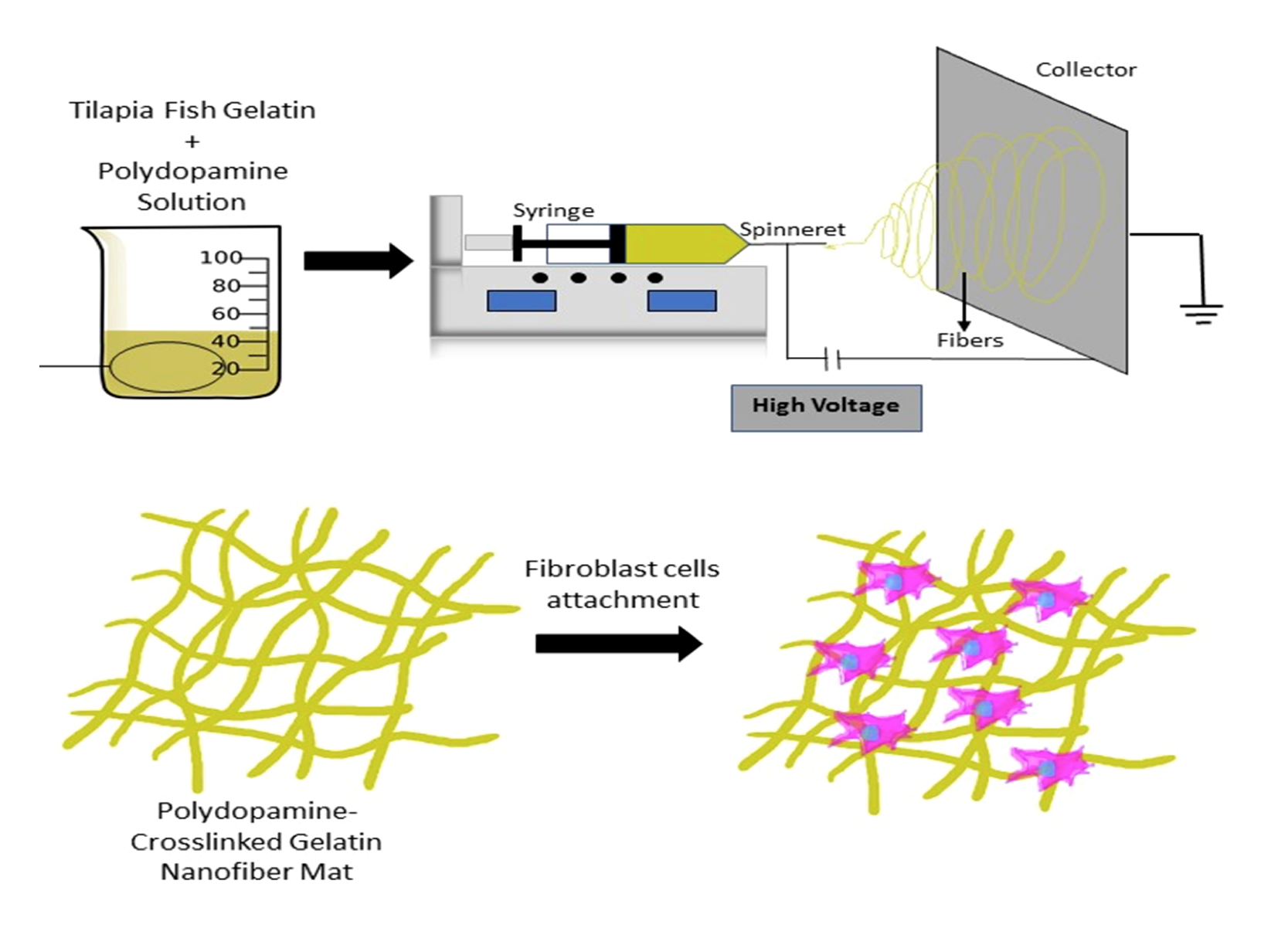[ap-twitter-feed-slider controls=”true” slide_duration=”4000″ auto_slide=”true”]
Niche of CSNano |
CSNano is an interdisciplinary research and educational centre focused on fostering the advancement of materials science at Ibnu Sina Institute for Scientific and Industrial Research, Universiti Teknologi Malaysia. CSNano fosters the scientific and technical breadth of materials science, which spans research areas including heterogeneous catalysts, porous nanomaterials, supramolecular functional nanomaterials, nano/molecular photochemistry, biomaterials, semiconductor nanostructures, analytical science, separation chemistry, organometallic chemistry, physics of low dimensional structure, and Fuzzy modelling.
Although interested in all aspects of materials science and technology, CSNano has severals researches in which it has focused:
| Solid-Oxide Fuel Cells based on Nanostructure Materials for Power Industry |
Solid oxide fuel cells (SOFC) typically operate at high temperatures (600 – 900oC). High temperature operation makes available a wider range of catalyst materials and avoids catalyst poisoning, but has significant processing challenges associated with it. Several approaches to reduce operating temperatures down to 600-700oC are being explored including reduction in electrolyte layer thickness. A basic research will be conducted on micro-scale SOFC device that is capable of operating in the 200-300oC range to produce electric power for portable applications using natural gas and hydrocarbon-based fuels. Materials science studies on electrolytes and electrode materials can led to high performance fuel cells.

Project leader: Prof. Dr. Hadi Nur
| Electrophoretic Separation in Capillary and Microfluidic-Based Analytical Devices for Monitoring of Organic Pollutants and Anti-Cancer Drugs |
The development of new capillary and microchip electrophoresis techniques using both aqueous and non-aqueous organic solvents as buffer media. This technique is integrated with innovative online preconcentration strategy to enhance the detection sensitivity down to sub-ppb level without the need of expensive detection system. The effect of the physicochemical properties of different organic solvents in the case of nonaqueous capillary electrophoresis, as well as the applicability of this approach in analysing various sample matrices such as the organic ions, organic pollutants, and anti-cancer drugs were consistently reported by our research group in the past 5 years.

Project leader: Dr. See Hong Heng
| Molluscure™: Toxic Decryption System in Shells |
Molluscure™ system help fishermen get rid of heavy metals in various types of shells. It is a system that is designed to remove toxic metals from various species of shell such as clams, mussels, and oysters to meet the standards of metal contents that are allowed by the European Union (EU) Commission Regulation 2006 and the Food Act 1985. The system was introduced to eliminate up to 98 percent of heavy metals such as lead, copper, nickel, and arsenic cadmium using Nano bubbles. The prototype system can be used to clean up 700 kilograms of clams in just two and a half hours. The Molluscure ™ system has been patented and licensed for commercialization by Focus Industrial System Sdn. Bhd.

Project leader: Prof. Dr. Abdul Rahim Mohd Yusoff
| Multiwall Carbon Nanotube-g-(agarose-g-polymethyl Methacrylate) and (agarose-g-polymethyl methacrylate) Sorbents for Extraction of Pesticides and Heavy Metal Ions from Aqueous Matrices |
Application of multi-walled carbon nanotube-incorporated agarose / chitosan composite film microextraction (CFME) in the analysis of tricyclic antidepressants in aqueous matrices. 
Poject leader: Prof. Dr. Mohd Marsin Sanagi
| The Use of Tilapia Derived Gelatin as a Substitute to Mammal Gelatin in Tissue Engineering for Halal Biomedical Application |
Although there is very dynamic increase of interest toward gelatin as a promising scaffold material, most of the gelatine sources are derived from porcine and bovine which can compromise the halal status of the products. In this project we will explore the potential of tilapia-derived gelatin to substitute porcine and bovine gelatins as biopolymers for tissue engineering applications and the feasibility of utilizing polydopamine (PDA) as a crosslinker to increase its stability in aqueous environments, as this has never been explored before. The resulting nanofibres will be characterized using XPS, FTIR-ATR, contact angle, SEM and cell viability assay. Fundamental knowledge on the potential of tilapia-derived gelatin to substitute mammal gelatins in tissue engineering applications. The feasibility of using polydopamine as a crosslinker for tilapia-derived gelatin to increase its stability in aqueous environments. Apart from tissue engineering application, the resulted polydopamine cross-linked tilapia gelatin has a vast potential to be used in other biomedical applications such as wound dressing, bio-functional films and carriers for drug delivery. In addition, it also can be applied as a bio-based polymer for food packaging.

Project leader: Dr. Norhidayu Muhamad Zain

